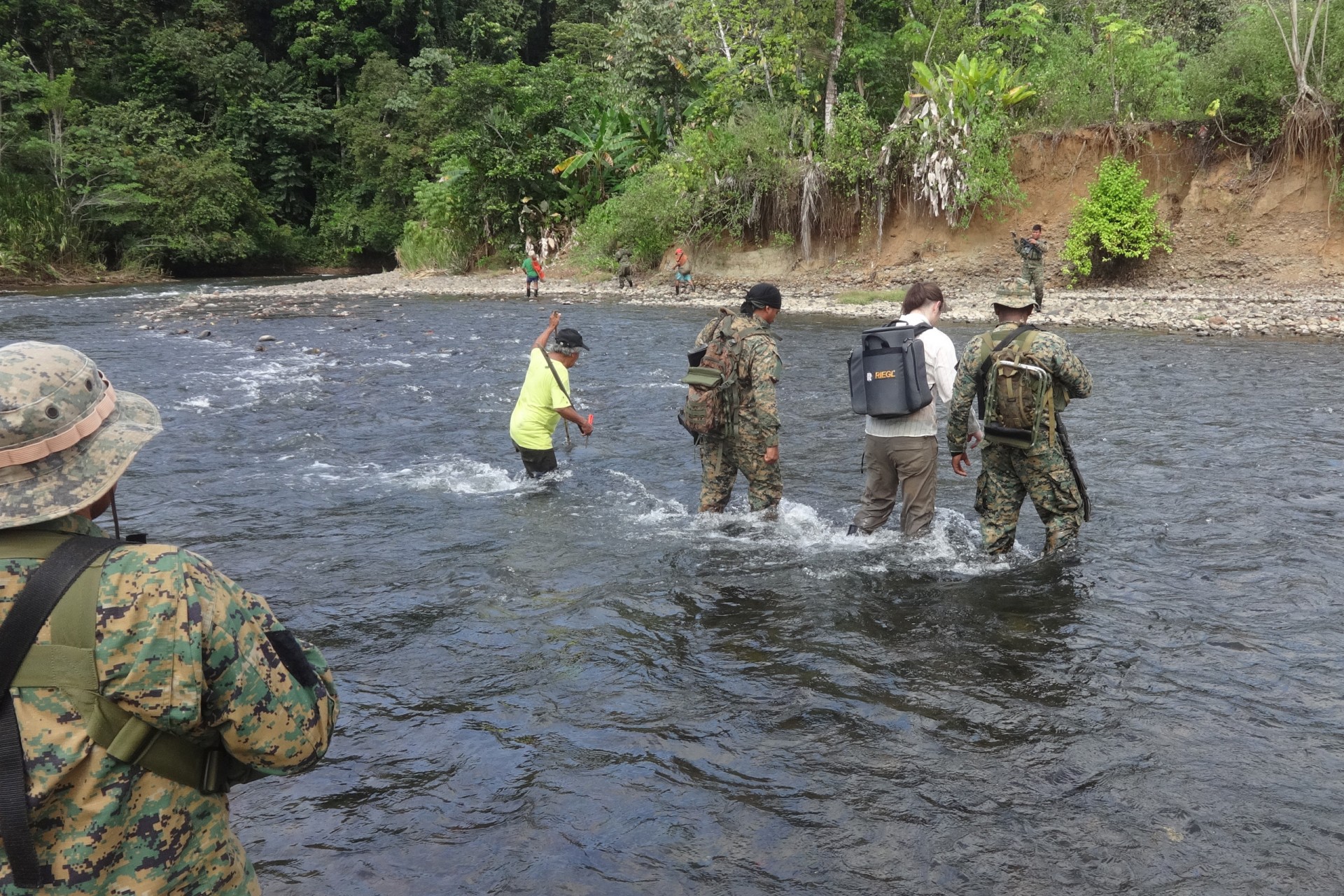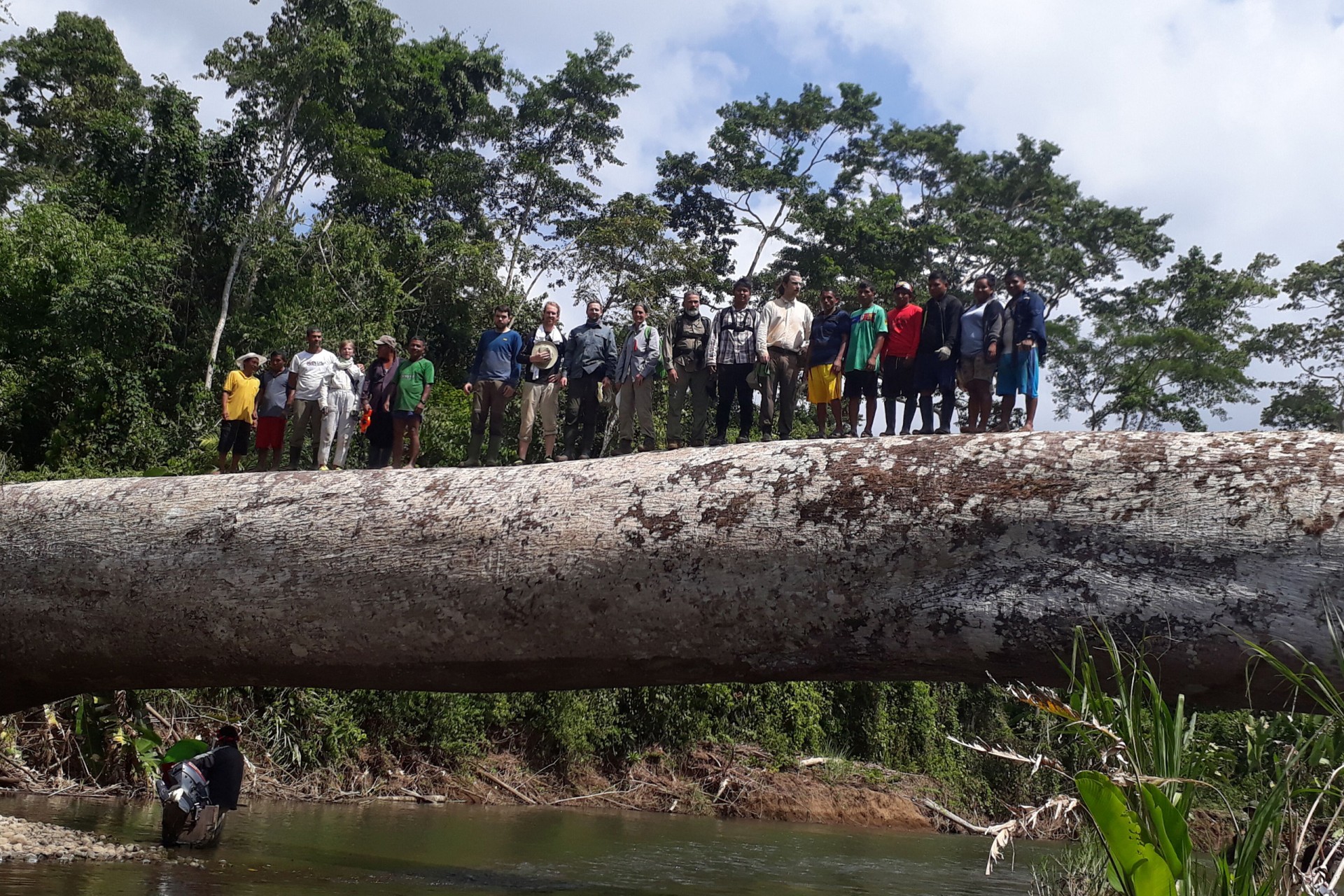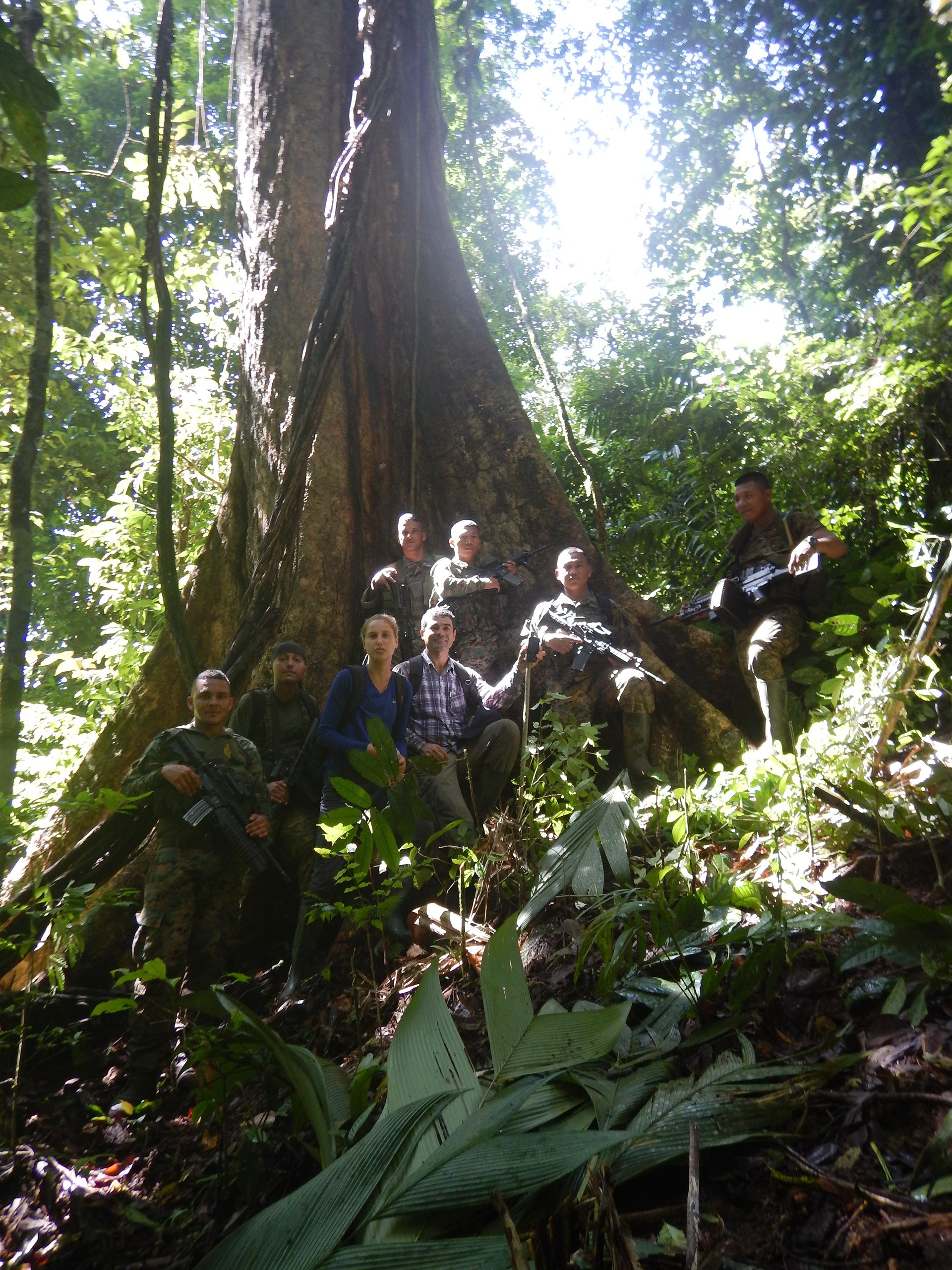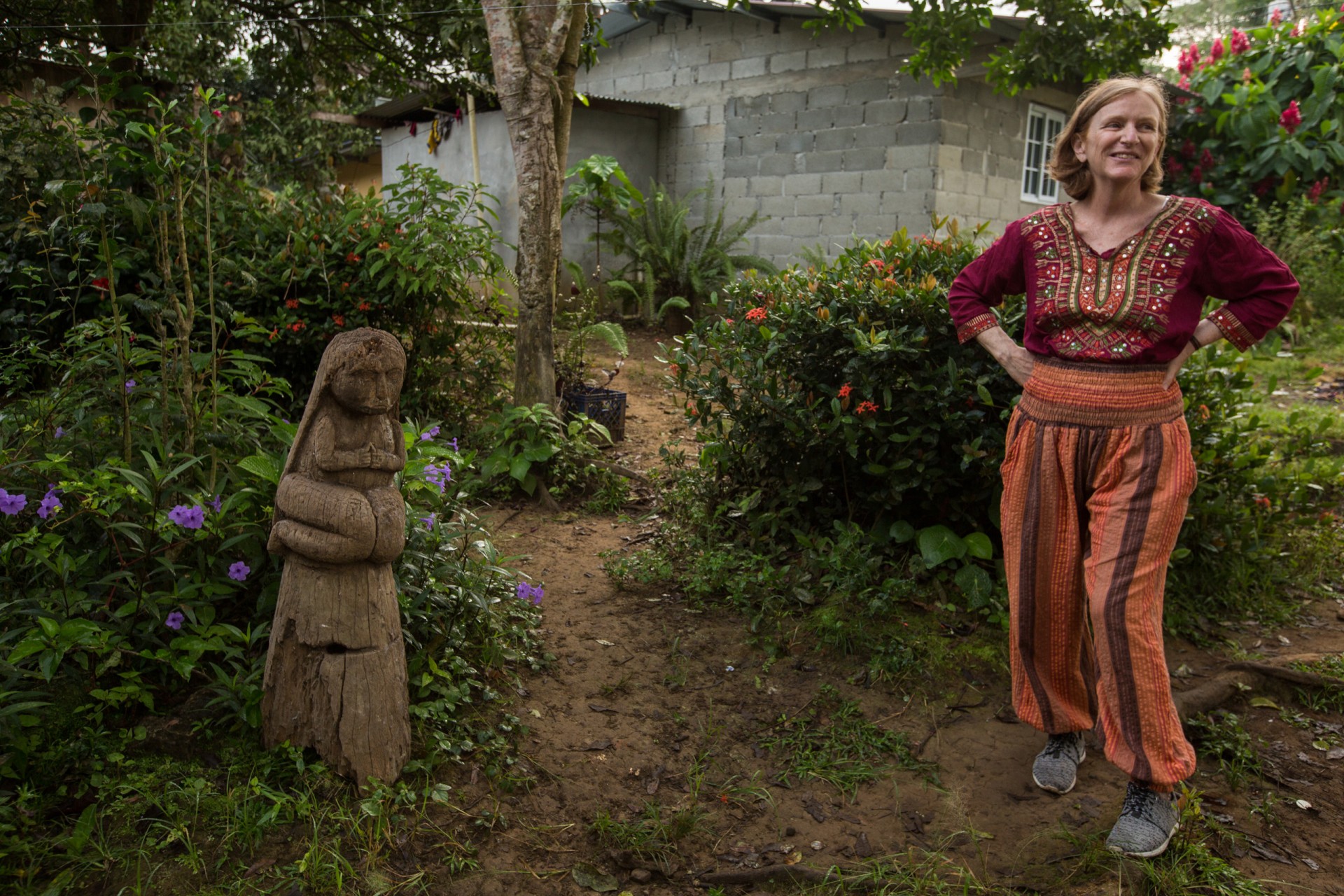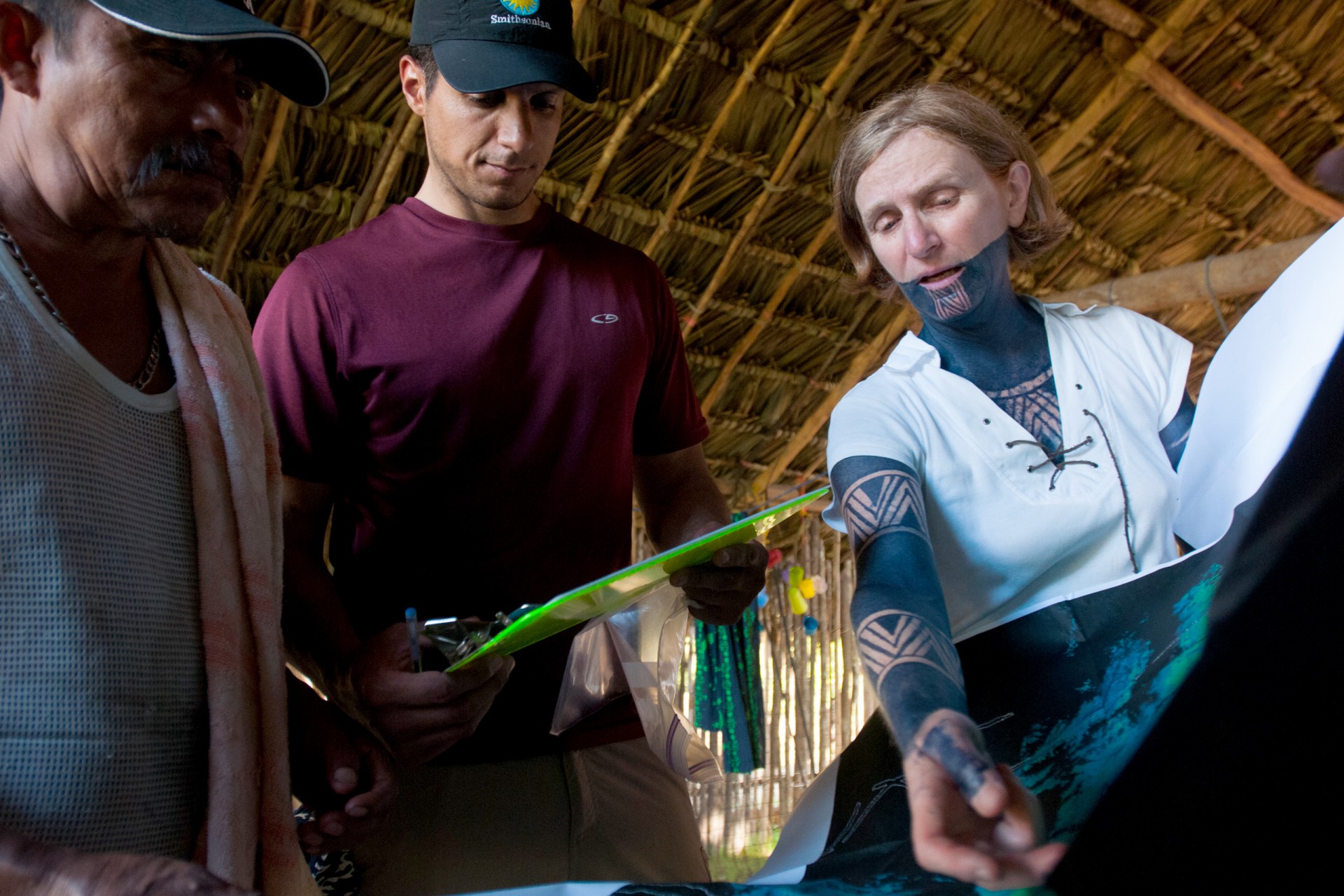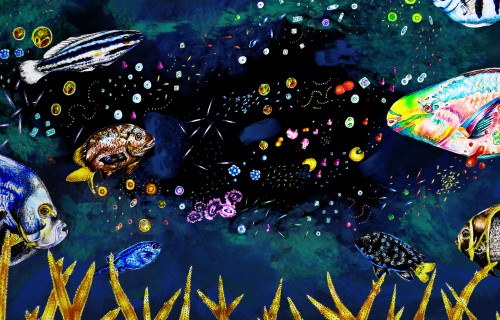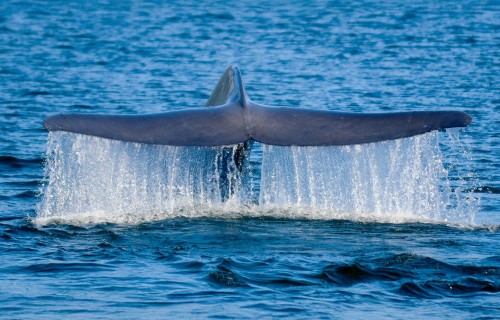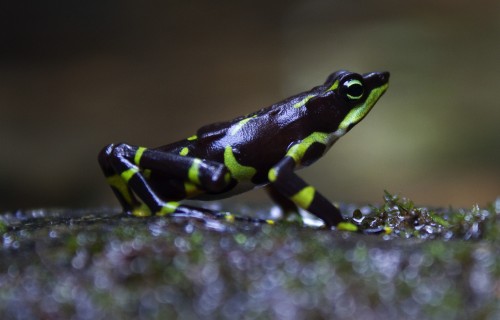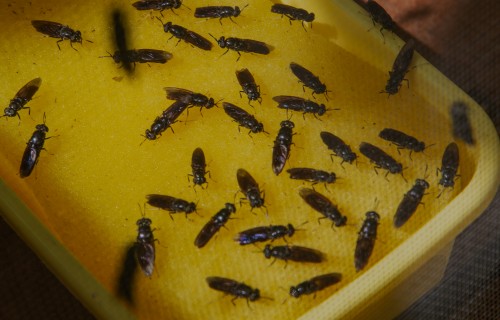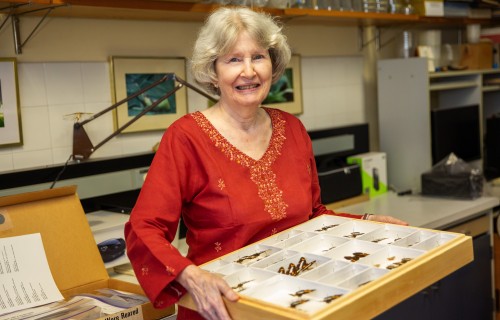Smithsonian science helps understand blue whale migratory and foraging patterns to inform conservation strategies
Forest
of Giants
What do we know
about Darien's forests?
Darién
Text by: Catherine Potvin
A scientific mission in the Panamanian jungle found some of the largest trees in the country
The year 2019 was the start of a very special collaboration between SENAFRONT, the Emberá General Congress of Collective Lands, the Emberá communities of the Balsa River and an international team of scientists that seek to establish an Ancient Forest Observatory in Darien.
The idea to establish this observatory came after 2014, when the Smithsonian Tropical Research Institute (STRI) brought to Panama a light aircraft equipped with state-of-the-art technology known as LiDAR, which allows aerial photographs of forests to be taken in three dimensions, to measure their sizes and estimate the carbon they store.
The resulting map identified Darien forests as the most developed in the country, exceeding 130 tons of carbon per hectare. Since then, scientists began looking for forests that have never been cut or impacted by humans, to estimate how much carbon intact forests can store and document their rich biodiversity. From the beginning, the project was facilitated by the traditional authorities of the Emberá General Congress of Collective Lands, in particular by chief Elibardo Membache.
SENAFRONT units supporting the technicians of the January 2019 mission. Photo taken by Matthias Kunz.
In this context, the first joint mission with SENAFRONT was formed in January 2019, under the supervision of Second Lieutenant Carlos Gallardo and with the participation of units of the Fricon 1era, Emberá technicians and an international scientific team headed by Dr. Catherine Potvin a Canadian biologist with a long working career in Panama.
Dr. Héctor Barrios, an insect specialist, professor at the University of Panama and distinguished member of the National System of Investigators of Panama, as well as teachers from the United States, Canada and Germany, joined the team. During three weeks of hard work, the joint mission established 20 monitoring plots in the forest, starting near the Manene community and climbing along the river for 25 km, up to a point about 6 km from the Colombian border.
Technicians and scientists from the January 2019 mission on the giant bongo. Photo taken by paramedic Elwin Flaco.
Exceptional preliminary results
It will take another year to complete the analysis of all the results, but scientists can now confirm how magnificent the Darien forests are. Most surprising was the estimate of carbon stored by the trees.
Some 900 m2 plots that were measured had surprising carbon concentrations, exceeding 2,500 tons per hectare, a much higher figure than the 130 tons previously reported. And this is not a mistake, nor a dream of the scientists. The mission found gigantic trees.
In particular, scientists had a unique opportunity to measure one of these trees: a 71-meter-high bongo tree, which had just fallen into the river, had a diameter of 2.37 meters near the base. For scientists, this tree was a hero, since in Panama the forest usually does not grow more than 50-55 meters high.
A key question the scientists asked themselves then was: "How old was the big bongo when it fell?" The second mission in August 2019, under the supervision of Second Lieutenant Wilber Diaz, allowed us to answer this question, since the main purpose was to go find a slice of the bongo to calculate its age. There are techniques that allow estimating the age of a tree, after examining the growth of the wood. This sample of the tree was sent to a laboratory in Germany for processing. From this analysis we know that the bongo was at least 300 years old.
Two technicians with SENAFRONT units, who accompanied them to the field on the mission in December 2019, under the supervision of Second Lieutenant Carlos Gallardo. They are at the foot of the largest tree in Panama. Photo taken by Catherine Potvin.
Did the trees meet Pedro Arias Dávila?
The year 2019 ended with a third joint mission, this time under the supervision of Lt. Kevin Villareal. The scientists' objective on this last mission was different. After having found the giant bongo in January, Dr. Matthias Kunz from Germany worked with satellite images to see if the crowns of large trees were visible from space, to know their abundance and distribution in the landscape.
After spending hours and hours examining the satellite photos, Dr. Kunz prepared a list of more than 200 points that appeared to represent giant trees. In the field, scientists, Emberá technicians and SENAFRONT units searched for them. Their efforts were rewarded, because the mission found more than fifty trees equal to or even larger than the giant bongo.
The king of the December 2019 mission was an almendro de montaña tree that measures 78 meters high, making it the tallest tree in the country. Using median tree growth rates on Barro Colorado Island, it is estimated that the age of these trees should be between 250 and 600 years. In other words, the Balsa River forest was already a large forest when Christopher Columbus's men arrived in Panama.
The unique value of Darien's forests
Undoubtedly, the collaboration between SENAFRONT, the Emberá General Congress of Collective Lands,the Emberá communities of the Balsa River and scientists is fundamentally changing the understanding of the Darien forest. We already know that it is not a single giant tree, but a forest of giants!
After the current public health crisis, and for the next few years, scientists and the Emberá communities of the Balsa River will continue to work with the Emberá General Congress of Collective Lands and SENAFRONT, to establish the Ancient Forest Observatory and continue learning about the life of these trees that have been in Darien probably before the Spanish arrived in the land that is now our country.
Ancient forests are invaluable for the conservation of biodiversity. Dr. George Angehr, author of the book "The Birds of Panama", who joined the mission in January 2019, exemplifies it like this: "In all my life, I have never seen such an abundance of green macaws, an extremely endangered species. This is due to the presence of numerous large trees that macaws use to make their nests.”
At a time when the country's authorities are arguing about the clearing of Darien forests, the Emberá communities of the Balsa River and scientists are providing valuable scientific information to support decision-making and the need to preserve these forests, giving visibility to the fundamental role of the Emberá in the conservation of their traditional territory. And this with the indispensable support of Emberá leaders and SENAFRONT.
Asner, G.P., Mascaro, J., Anderson, C., Kennedy-Bowdoin, T., Knapp, D.E., Martin, R.E., van Breugel, M., Davies, S., Hall, J., Muller-Landau, H., Potvin, C., Sousa, W., Wright, J., and Bermingham, E., 2013. High-fidelity national carbon mapping for resource management and REDD+. Carbon Balance and Management 8(7): 1-14

